
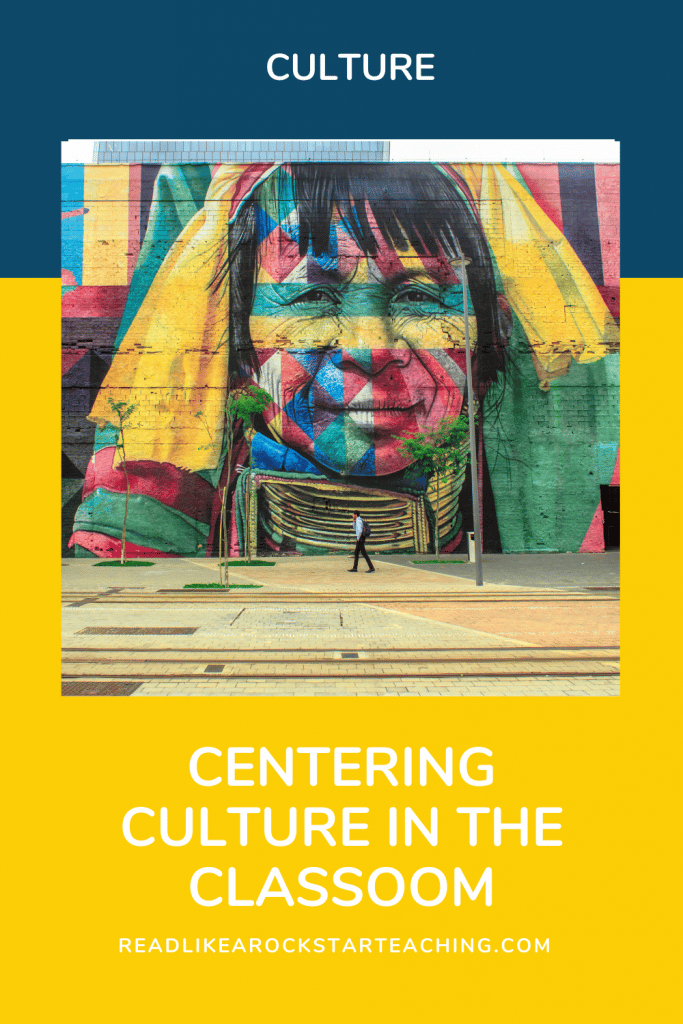
Have you ever started your year off meeting students without using some sort of All About Me prompt? You know the worksheets or activities that ask students about their favorite color, animal, and ice cream flavor?
We’ve all been there (LaNesha and I included)! We needed a get to know you activity, and those are just so fun and easy.
But one year we asked ourselves, “What if we could be doing more? How can we get to know our students on a deeper level?”
How Did We Get Started?
Halfway through one school year, LaNesha (my BFF and teacher friend) and I decided to start celebrating heritage months with our students. Almost every month has one, and it was a great way to get some much needed social studies into our classrooms.
After that year ended, and summer passed, it was time to start school again. We found ourselves wondering how we would kick off culture in the classroom. How could we get our students fired up about learning about the cultures of others? And more importantly, how could be move them to care about the cultures of others?
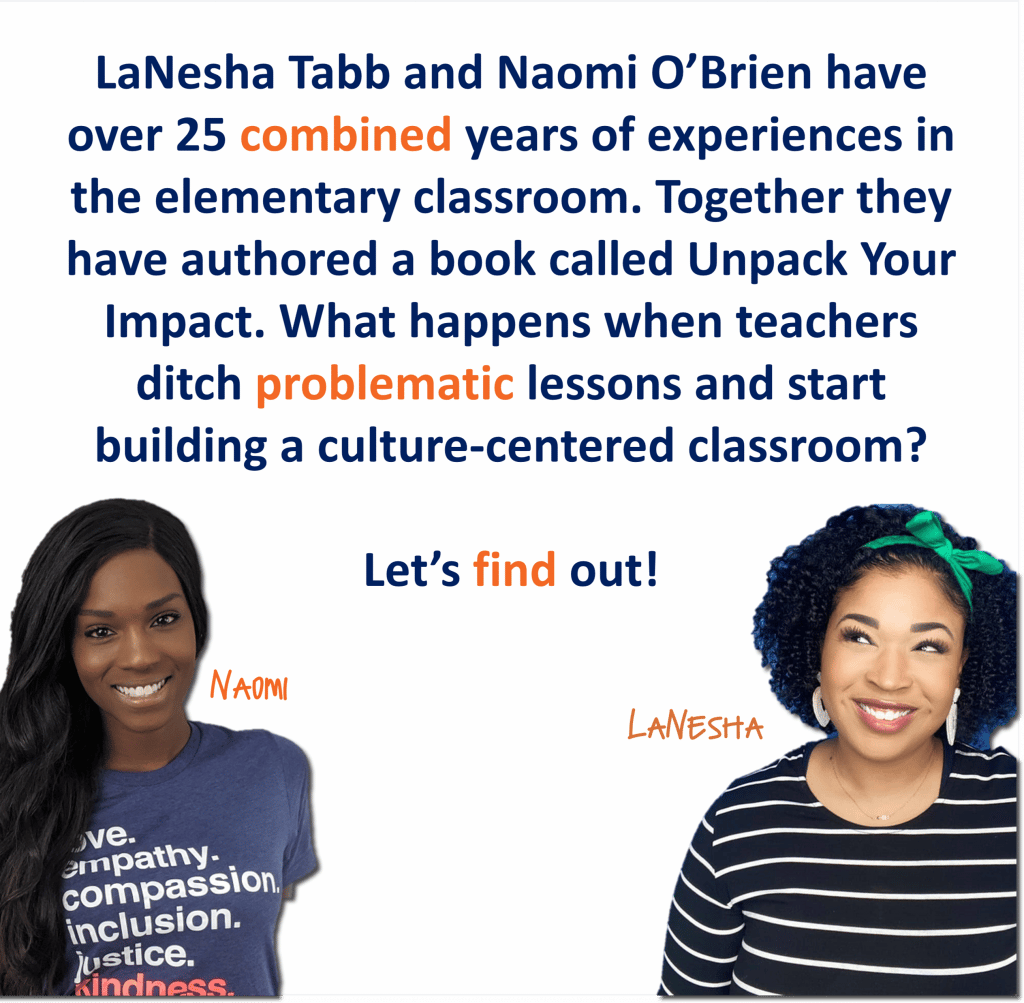
Culture in the Classroom
We decided that in lieu of our traditional Back to School activities, we would do a culture kick off. We created an eBook called Understanding Culture for our students. Because we teach kindergarten and first grade, we needed our students to become very familiar with the word culture. They were going to be hearing at a lot moving forward.
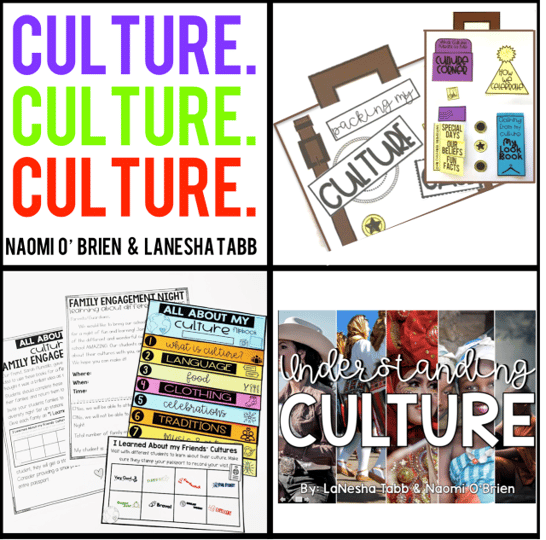
LaNesha and I talked through the eBook and explained what culture was. Before we could get our students to truly buy-in to the aspect of respecting the culture of others, we realized we needed our students to know and respect their own cultures. We needed them to see that they had cultures of their own and that their cultures were important and special.
When students learn to appreciate their own cultures, they can understand why someone else’s culture would be important to those people, too.
And when WE know more about our students’ cultures, we can build more empathy, understanding, and compassion for them. We can anticipate them being out for a holiday that is important in their culture. We can use knowledge of their culture to understand behaviors, mannerisms, and jokes. Is making eye-contact considered rude or uncomfortable in your student’s culture? Is your student fasting for religious reasons and therefore “hangry” during the school day? Is calling out the way ideas are communicated in your student’s culture and it’s hard from them to remember to switch to hand raising at school consistently? Maybe it’s not a behavior. Maybe it’s cultural.


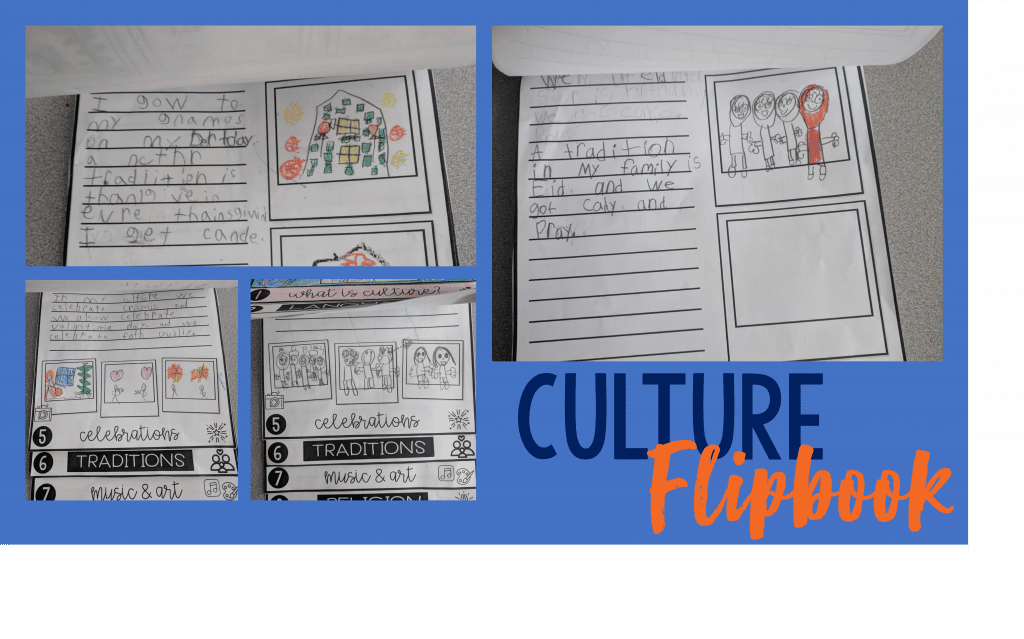
I prefer the Culture Flipbooks and LaNesha swears by the Culture Cases we created. Either way, you get to know about your students culturally and work on those oh-so important student relationships. These activities have always been a hit with parents and caregivers who are happy to see that we want to know more about who their students are. (Note: Some students may have a hard time figuring out their cultures for a variety of reasons. It’s important to be sensitive to this and work with students to find a way that’s most comfortable for them to explore their cultures.)
What Happens Next?
So, you’ve discovered some cultural information about your students- now what?
Now you use it to THEIR advantage. Use what you’ve learned to determine the read-alouds you chose for your classroom. Use the information to choose the lessons you teach, the writing prompts you give, and the way you relate to your students.
These lessons and activities can not be “one and done”. Make your classroom a place where culture, diversity, and inclusion are centered year-round!
Where Do I Find Lessons?!
A quick search on the internet might leave you feeling frustrated. When LaNesha and I decided to become the Culture Wonder Twins, we set off to find resources to support our vision and we were disappointed to say the least. It was hard to find many lessons. Black History brought up a lot of search results, but when you weed through the ones that are filled with stereotypes and white-washed information, there wasn’t much. And trying to learn real information about any other culture from a K/1 curriculum or teacher-made resource wasn’t easy either. It was wrong, full of erasure, or simply non-existent.
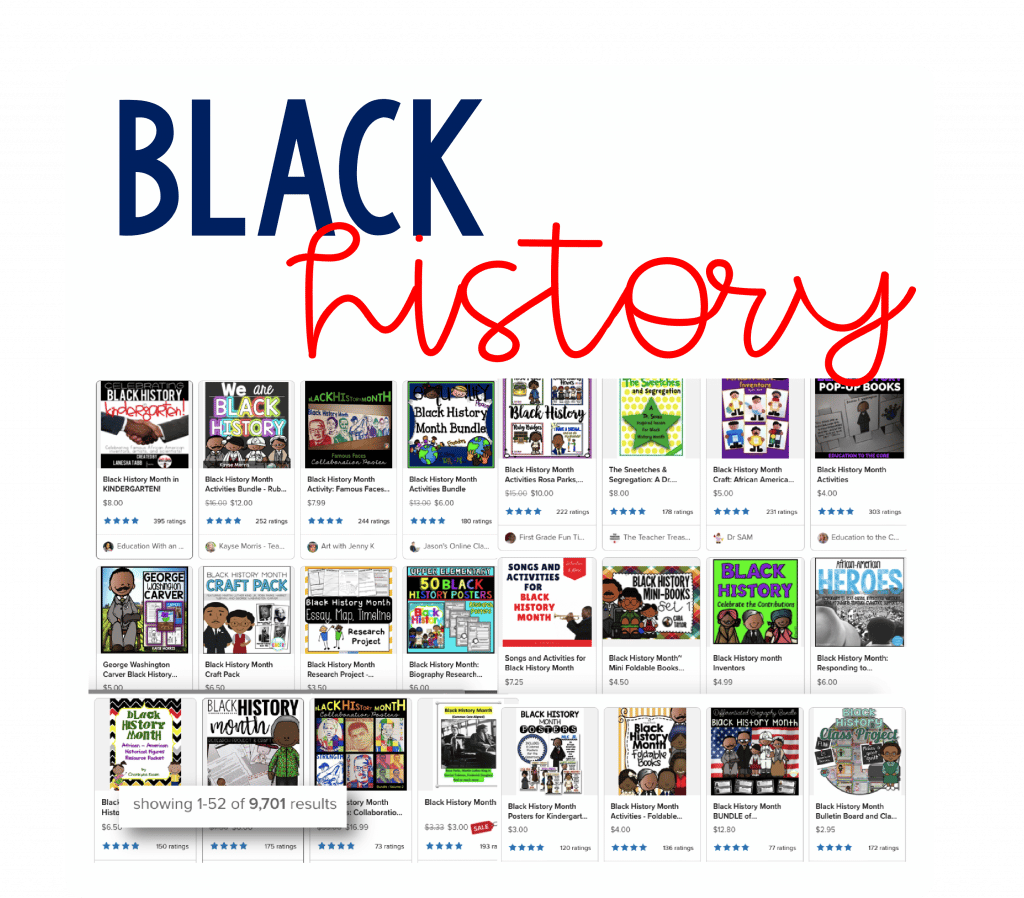
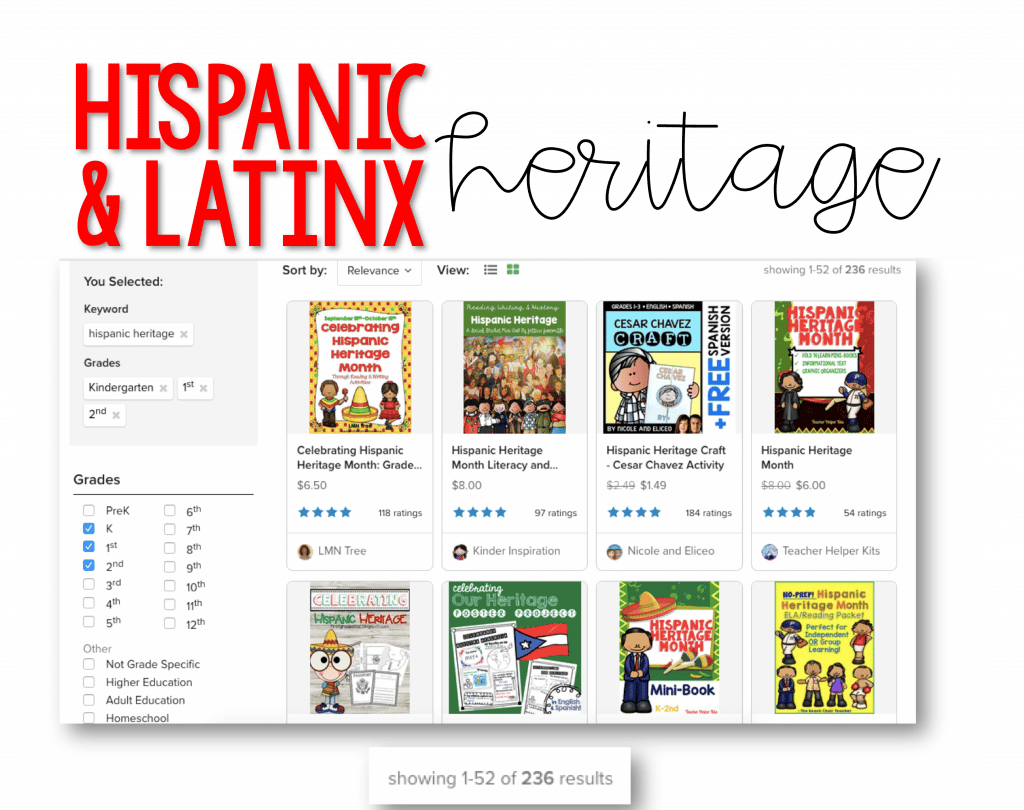
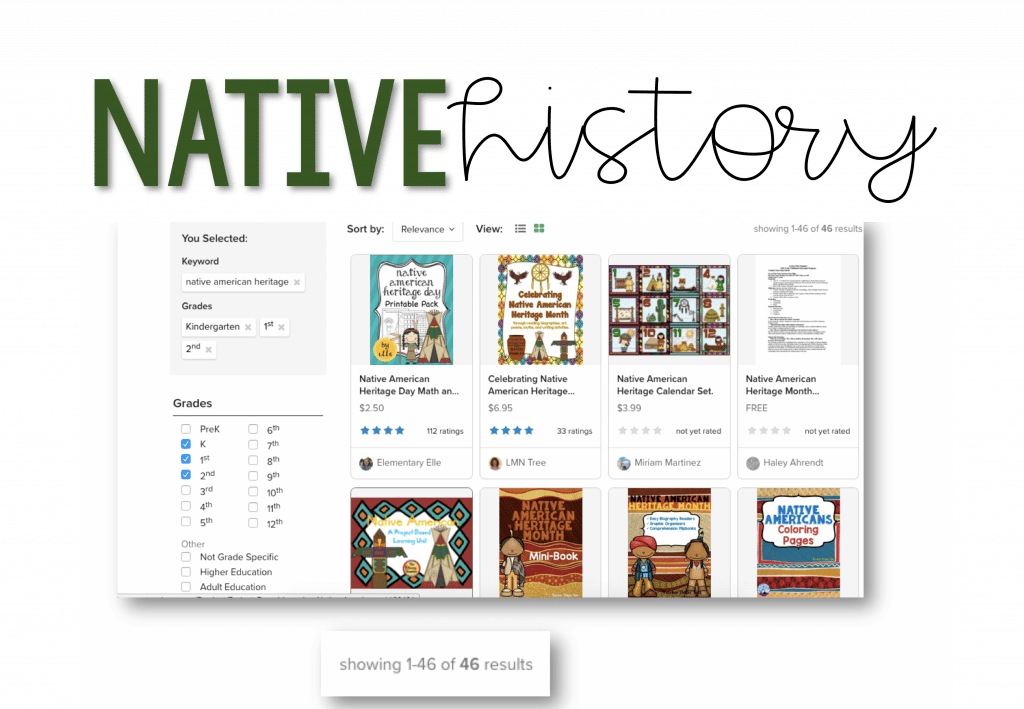
So, we decided to make some ourselves.
With the use of Pexels.com, Pixabay.com, and PowerPoint, we began to research and create our own lessons.
LaNesha’s Culture Corner
We continued to center culture in our classrooms through Culture Corner. But Culture Corner looked different in both of our rooms.
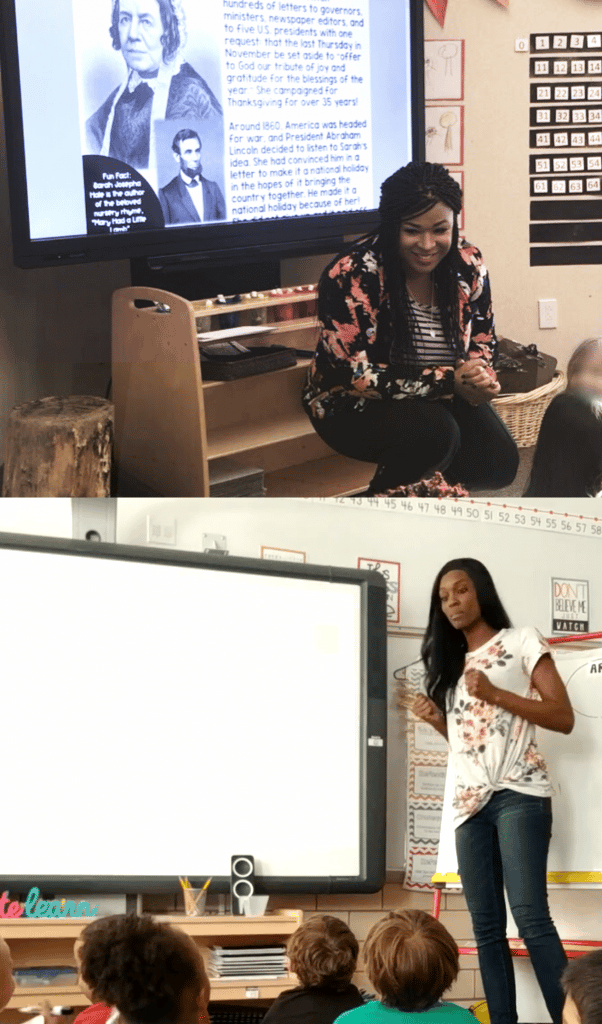
LaNesha and I kept the discussion going amongst ourselves about what centering culture in each of our classrooms could look like. We knew what the end goal was and we did what matched our teaching styles and worked best for the students in front of us.
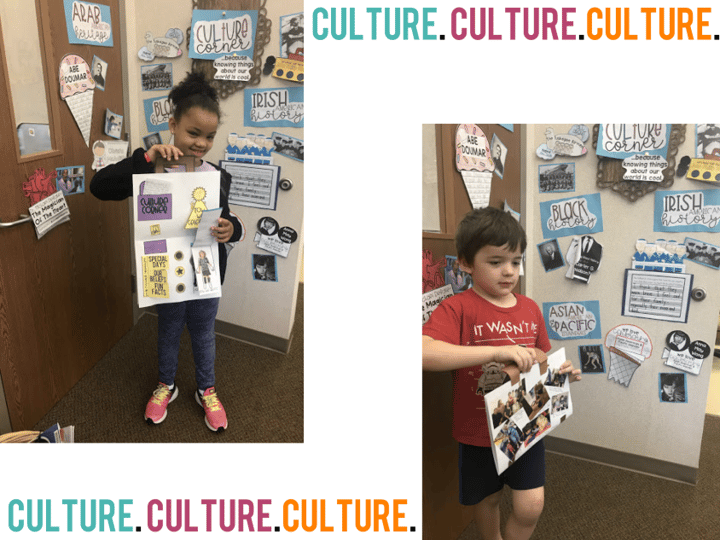
If you look past the cute kids showing off their Culture Cases in the photos above, you’ll see a small section of LaNesha’s Culture Corner. Remember earlier when I said we got into heritage months? LaNesha set up a growing learning space to capture everything her students were engaging in as we explored a new culture each month. Between the heritage months, the carefully chosen read-alouds, the social studies lessons, and the students in our rooms, we were infusing as many cultures as possible within the time-frame we were given. We compiled social studies lessons, including heritage months into a year long bundle, so that we could celebrate a new culture each month with our students.
It’s not perfect, and we can’t cover it all, but we can do something and we can start somewhere.
Naomi’s Culture Corner
Meanwhile, a few states away, I had set up my own Culture Corner.

On Mondays we had Show and Tell, On Tuesdays we had Team Building, and on Wednesdays we had Culture Corner. This is a time when students could volunteer to share something from their culture. “If this is the way you do things, it’s a part of your culture.” was my motto, along with, “Different people do different things in different ways, and that’s okay,”.
I shared the screen (shown above) during class and 2-3 students would have time to share something from their culture with the rest of the class.
I went first to get things started. I played my students some soca music and talked to them about food from the West Indies, where my parents are from. My student teacher showed our students sign language that she learned to communicate with her mom.
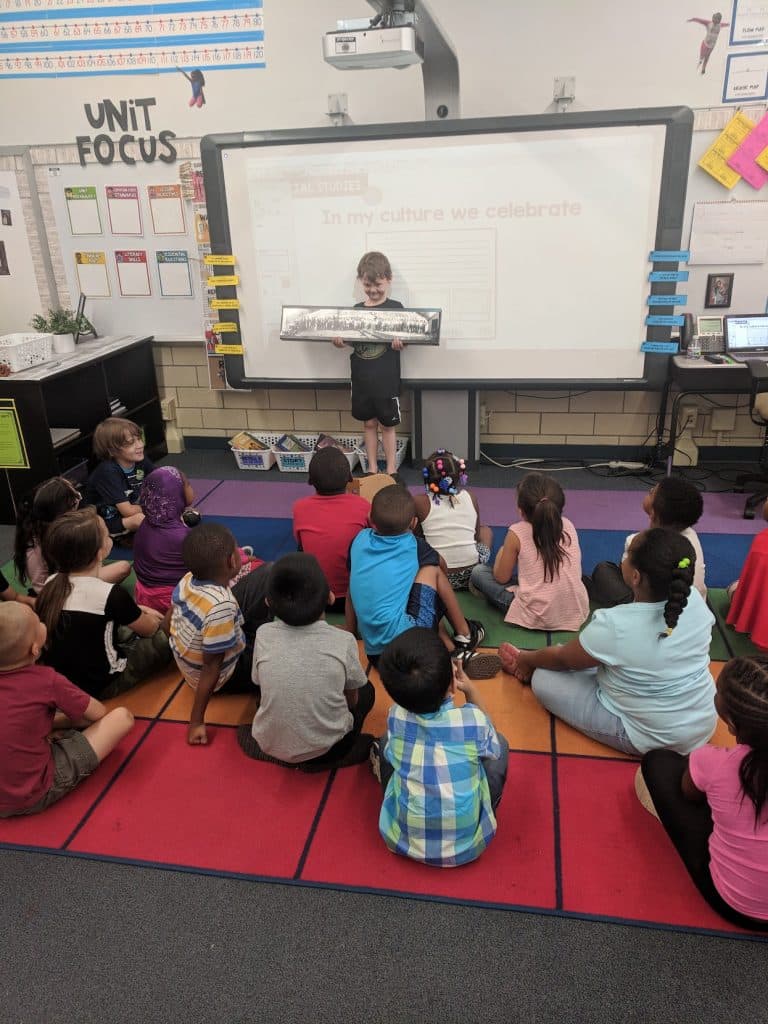
No strangers to culture, because we started the year learning about our own, my students were eager to share each week. Sometimes they taught their classmates how to count to ten in their home language, and other times they explained the way they celebrated a certain holiday or about their religion.
We had 15 minutes set aside for this once a week, and it was always a hit! After a student presented, since they were the expert, they would answer questions their peers had. They also received compliments about what they shared.
This Isn’t Just for the Students
You can get your staff and co-workers involved in this work as well!
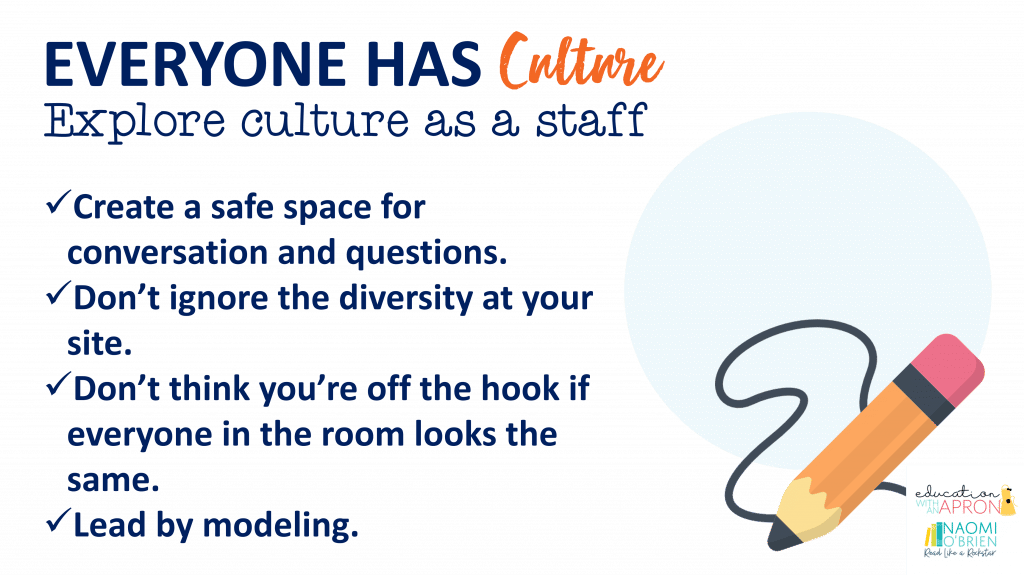
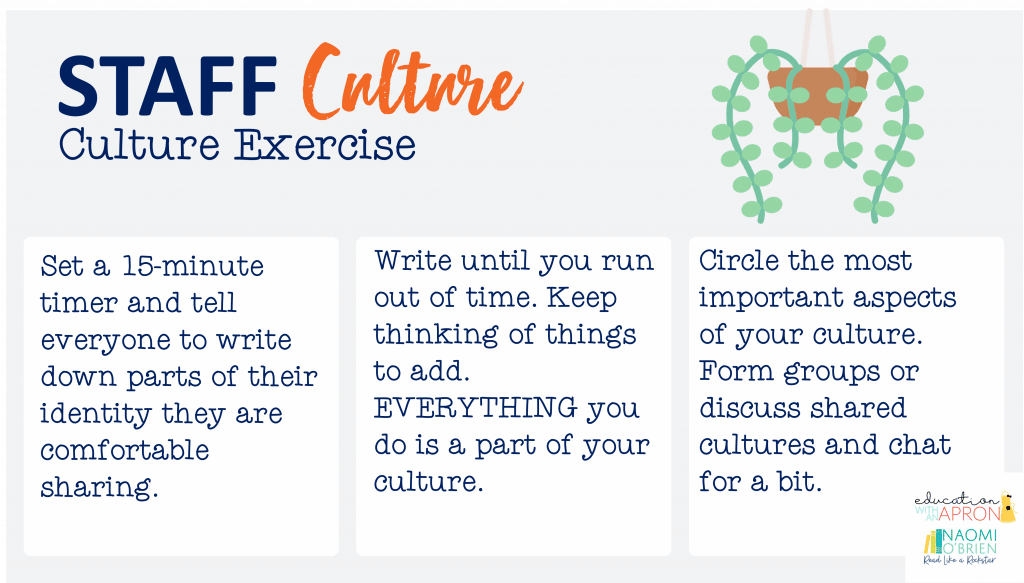
My co-workers and I did a similar activity and we were able to learn about each other in those few minutes than I had in the years I’d been work at the school.
I remember choosing my race as one of the most important aspects of my culture and discussing motherhood with another co-worker. We talked about how even though we were both moms, as a Black mom, there were differences in the way I have fear for my kids in this world than she did for her own children.
It was also really powerful to learn which aspects of their cultures were most important to everyone and how that shapes them in the workplace and outside of it.
Are You Ready?
Can you see yourself doing activities like these? Are you excited, but unsure of where to start? We have a small freebie for you to help get you started. If you’re anything like us, once you catch the culture bug, you’re going to want to do more! We’re included a culture poster and a printable to help your students unpack their culture!hi
In order to access all of my freebies, head to the bottom of this page and find my free resource library link. If you already have the password, enter it and download this freebie. If you don’t have the password, join the list by entering your name and e-mail. The password will be e-mailed to you in 10 minutes or less! (Please note some school e-mail block email lists)
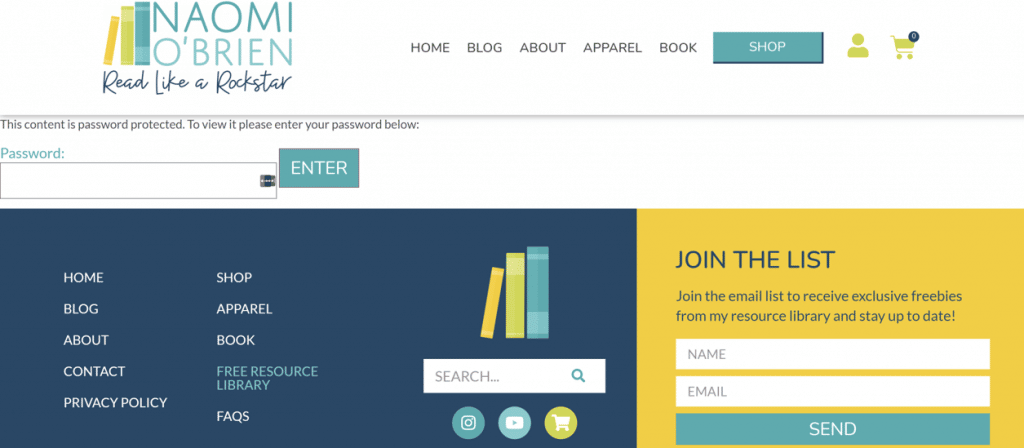
How to Use this Resource
Print the poster and have a discussion with your students about the importance of culture. Remind students that everyone has culture. Culture is the way we do things. The things that are “normal” to them are a part of their culture. What they eat. When they eat. Who they eat with. What they eat with (chopsticks, fork, fingers). And even where they eat is all a part of their culture. Culture is EVERYTHING.
After the discussion, print out the My Culture Sheet and invite students to “unpack” their culture invited students to write or draw items to go inside of each circle.
They will write or draw about their language(s), celebrations, food, clothing, a tradition they have, and any sports associated with their culture.
Allow students to share about themselves whole group, with a partner, or with table groups.
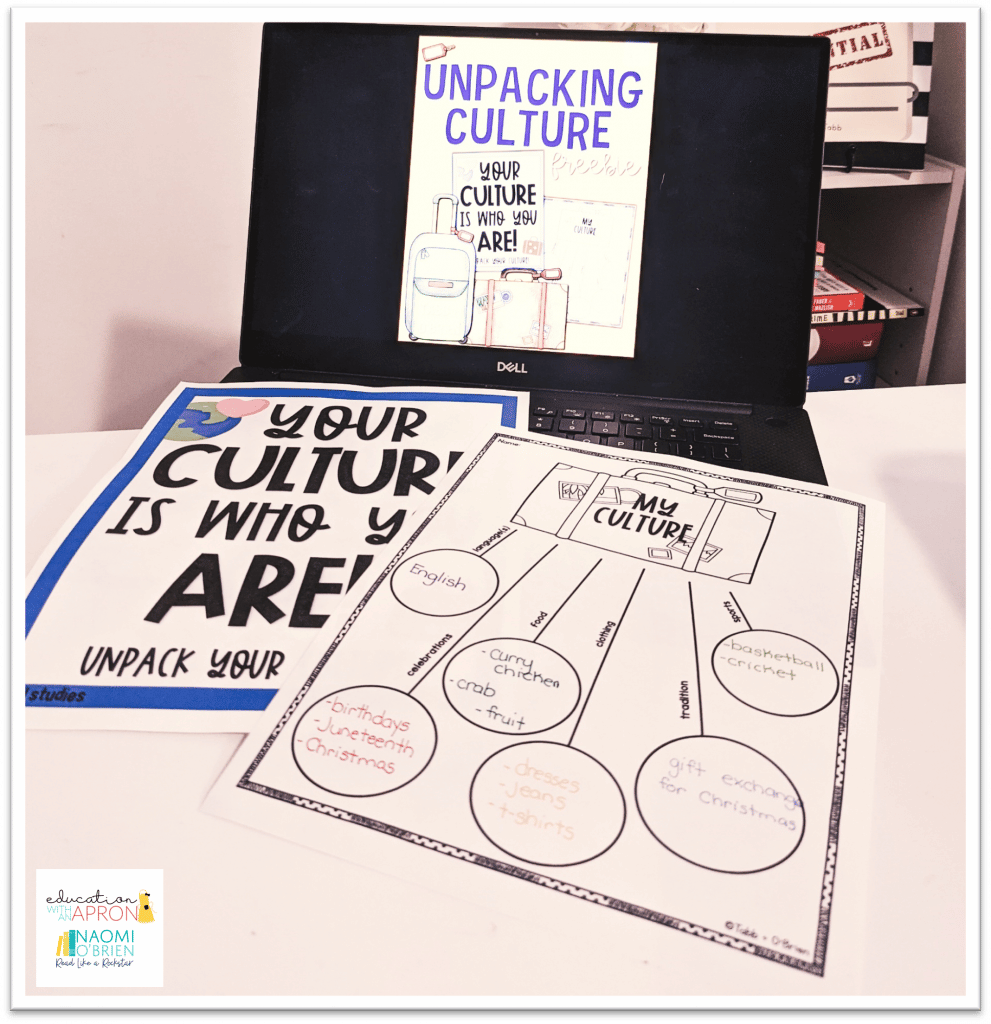
Ready for More?
If you want to hear about more of our adventures in culture and social studies, we wrote all about it in our book, Unpack Your Impact.
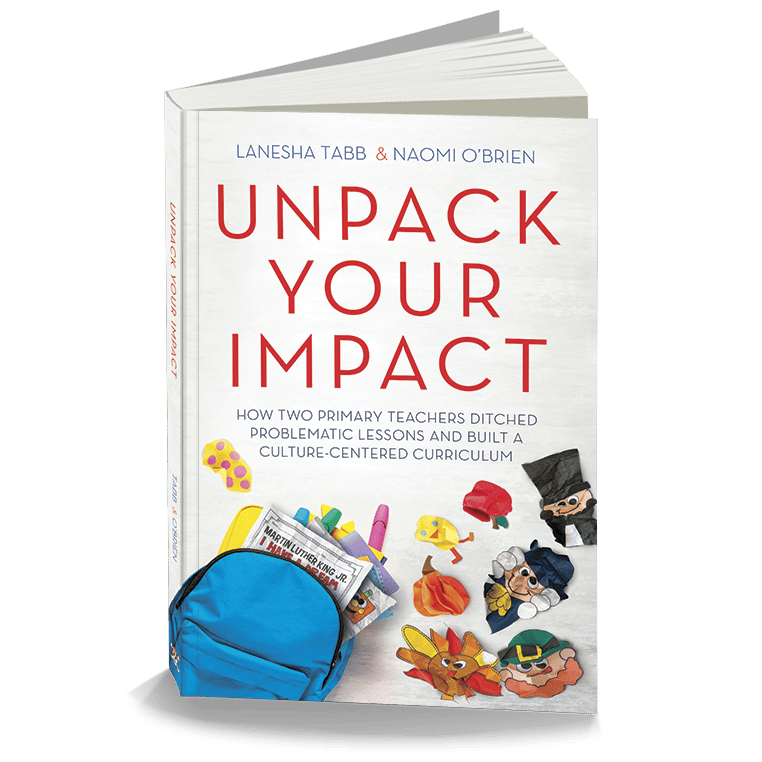

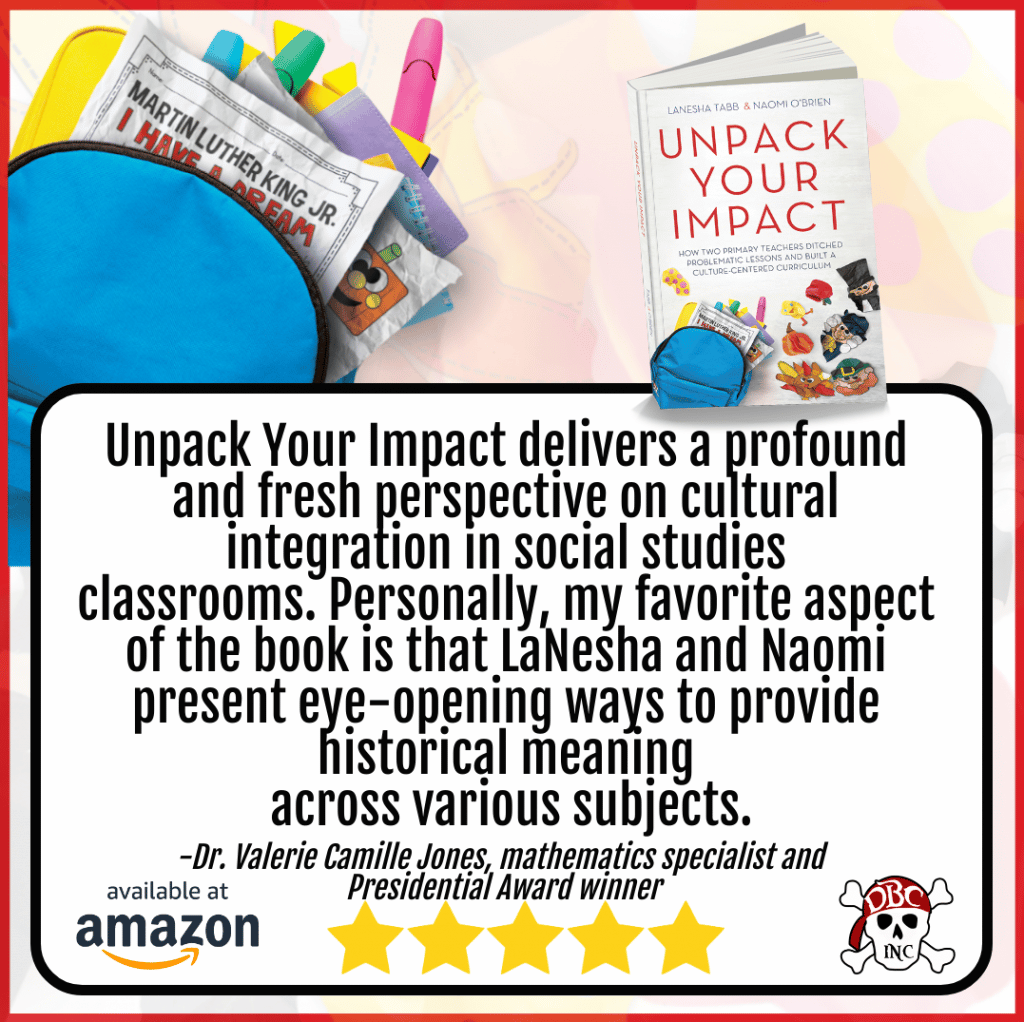
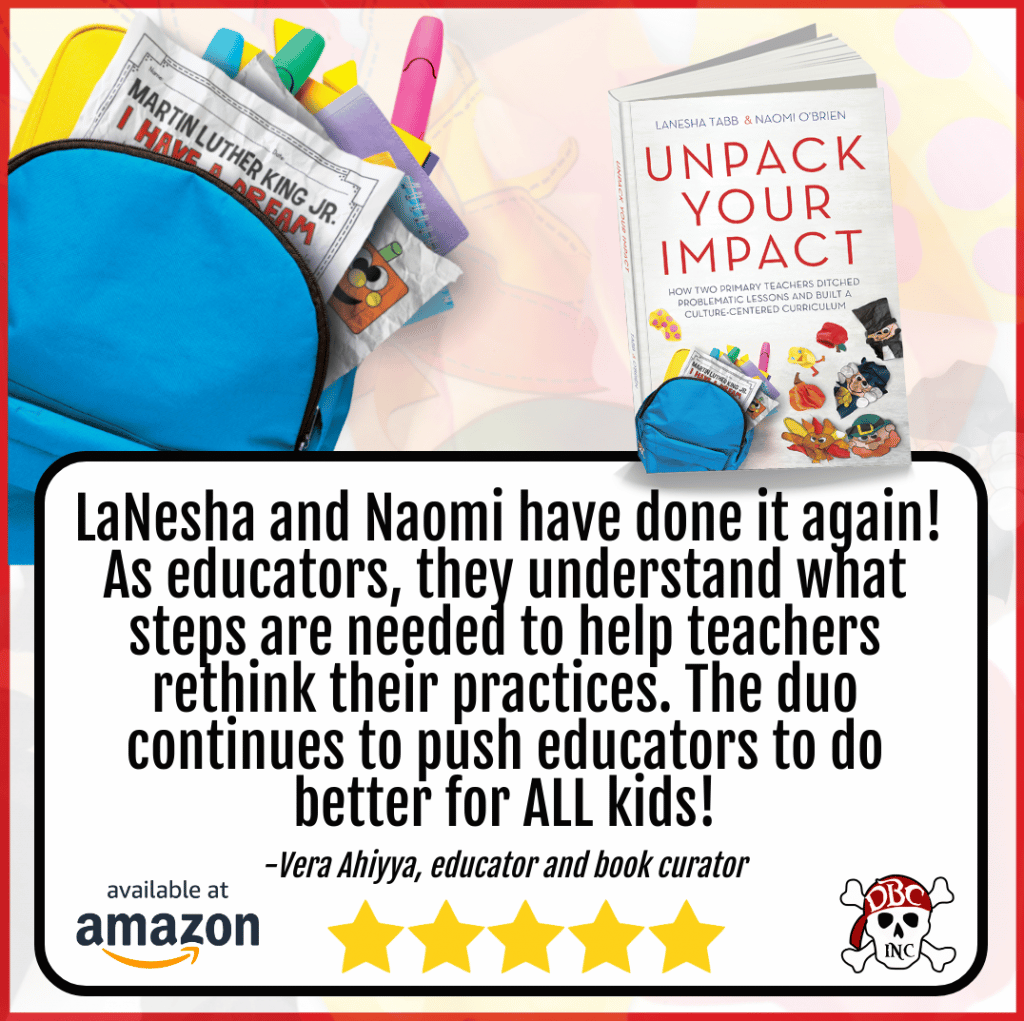
We hope his was helpful. Have a great year with your students!

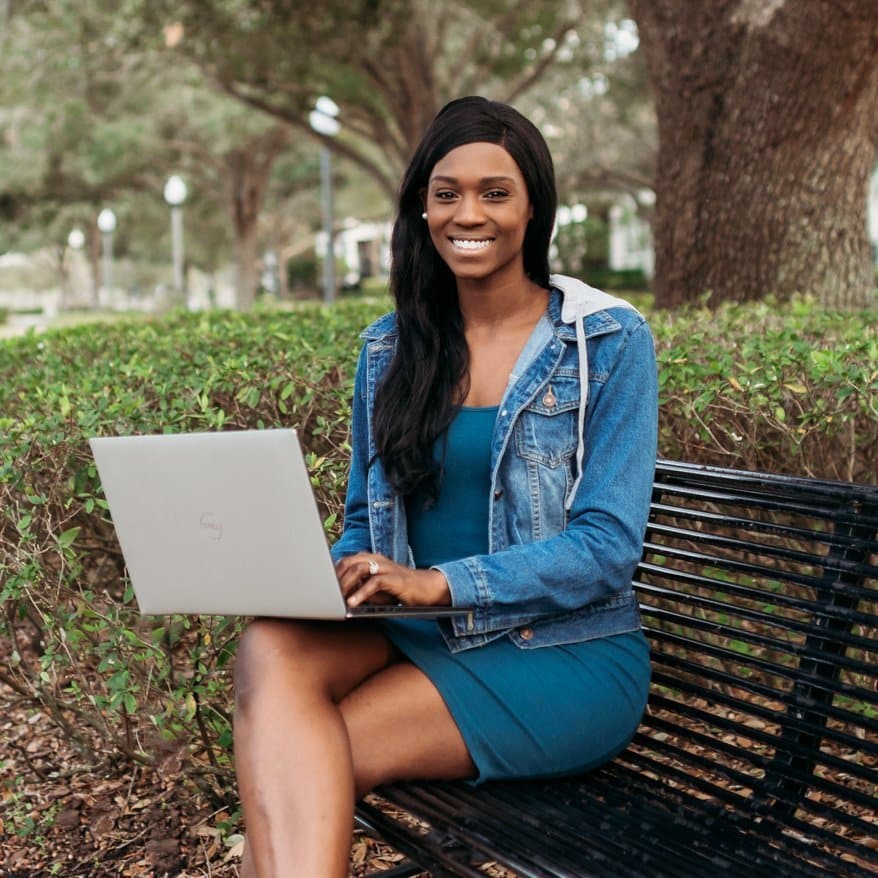
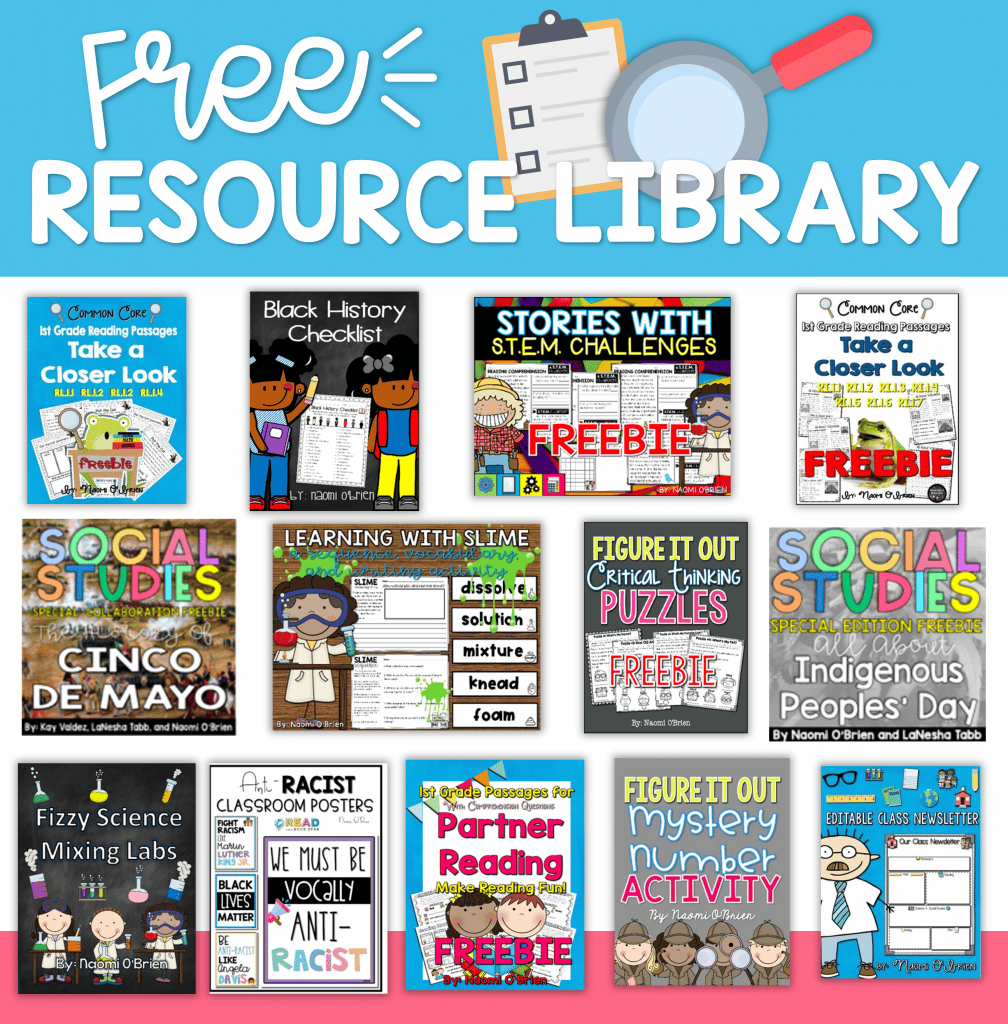
| Cookie | Duration | Description |
|---|---|---|
| cookielawinfo-checkbox-analytics | 11 months | This cookie is set by GDPR Cookie Consent plugin. The cookie is used to store the user consent for the cookies in the category "Analytics". |
| cookielawinfo-checkbox-functional | 11 months | The cookie is set by GDPR cookie consent to record the user consent for the cookies in the category "Functional". |
| cookielawinfo-checkbox-necessary | 11 months | This cookie is set by GDPR Cookie Consent plugin. The cookies is used to store the user consent for the cookies in the category "Necessary". |
| cookielawinfo-checkbox-others | 11 months | This cookie is set by GDPR Cookie Consent plugin. The cookie is used to store the user consent for the cookies in the category "Other. |
| cookielawinfo-checkbox-performance | 11 months | This cookie is set by GDPR Cookie Consent plugin. The cookie is used to store the user consent for the cookies in the category "Performance". |
| viewed_cookie_policy | 11 months | The cookie is set by the GDPR Cookie Consent plugin and is used to store whether or not user has consented to the use of cookies. It does not store any personal data. |
Thank you for your interest in booking a private professional development experience! Please fill out our Booking Inquiry form and a member of our team will contact you soon.